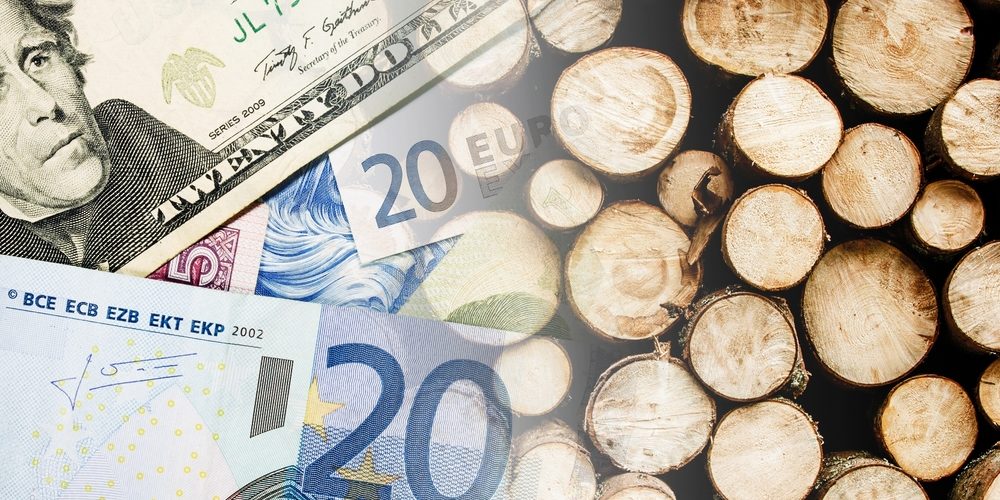Tree cutting can be expensive due to several factors that contribute to the overall cost.
Here are some of the key reasons why tree removal services often come with a significant price tag…
- Specialized Equipment – Tree cutting requires specialized equipment such as chainsaws, wood chippers, stump grinders, and sometimes large vehicles or cranes to safely remove large trees or branches. This equipment is expensive to purchase, maintain, and operate.
- Labor Costs – The process of cutting down a tree is labor-intensive and requires a team of skilled professionals. Arborists or tree service workers need to be properly trained to safely cut and remove trees, especially in challenging situations like close proximity to buildings or power lines. Labor costs can be high, especially in areas with higher living costs.
- Insurance – Tree removal companies must carry insurance to protect against damage to property or injuries to workers. This insurance is costly but necessary due to the high-risk nature of the work. The cost of insurance often gets factored into the price customers pay for tree removal services.
- Safety Measures – Ensuring the safety of workers and property during tree cutting operations is paramount. This often requires additional equipment and precautions, which can add to the cost. Safety measures are not just a matter of personal protective equipment but also involve careful planning and sometimes securing permits.
- Disposal Costs – After a tree is cut down, the debris (including branches, leaves, and the trunk) needs to be disposed of properly. Depending on local regulations and the size of the tree, disposal can be costly. Some areas may require specific disposal methods for environmental protection, adding to the expense.
- Experience and Expertise – Experienced arborists and tree service professionals often charge more for their services due to their expertise in safely and efficiently removing trees. Their knowledge can prevent damage to property and ensure that the tree is removed correctly, which customers are willing to pay a premium for.
- Permits and Regulations – In many areas, removing a tree requires a permit, especially if the tree is large or located in a protected area. The cost of obtaining permits and ensuring compliance with local regulations can add to the overall expense of tree removal.
- Complexity of the Job – The complexity of the job can significantly affect the cost. Factors such as the tree’s size, health, location, and proximity to structures or power lines can make the removal process more complicated and time-consuming, thus more expensive.
Given these factors, it’s understandable why tree cutting services are priced as they are. The cost reflects the need for specialized skills, equipment, and safety precautions necessary to perform the work effectively and safely.






